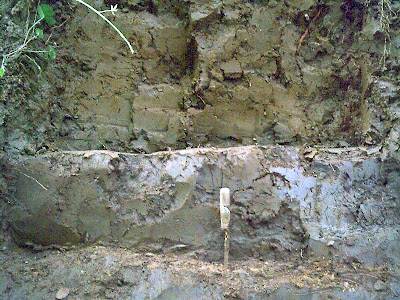This shows that even the boulder sized Whinstone from these released ancient river gravels are magnetic, i can not find any reference that states or shows images of the magnetic attraction of kind ive shown here.
The biggest piece of magnetic Whinstone is about 4ft by 3ft most of the rocks in the pic are magnetic, the magnet used is very small so Ive placed a thin piece of paper to hopefully highlight it, and to create a smooth surface to make sure nothing was helping the magnet to stick.
I dug a leg bone out from under this magnetic Whinstone.
The magnetic properties of the Cleveland dyke in t...
The biggest piece of magnetic Whinstone is about 4ft by 3ft most of the rocks in the pic are magnetic, the magnet used is very small so Ive placed a thin piece of paper to hopefully highlight it, and to create a smooth surface to make sure nothing was helping the magnet to stick.
I dug a leg bone out from under this magnetic Whinstone.
The magnetic properties of the Cleveland dyke in t...














































